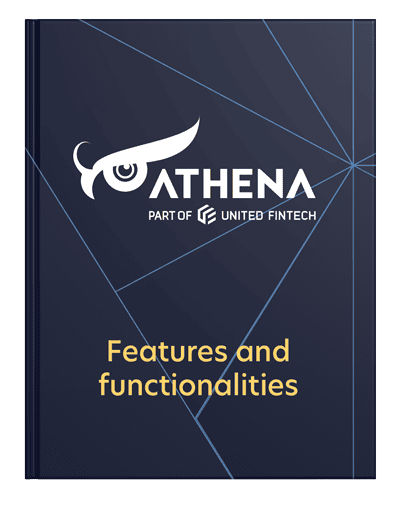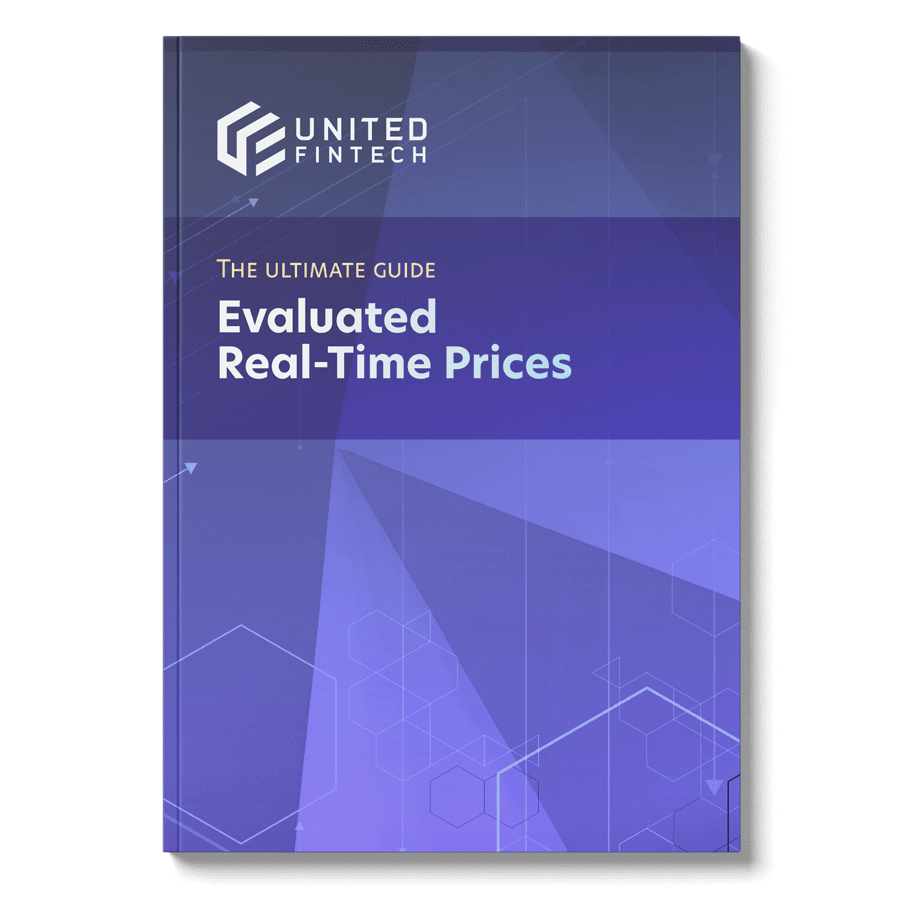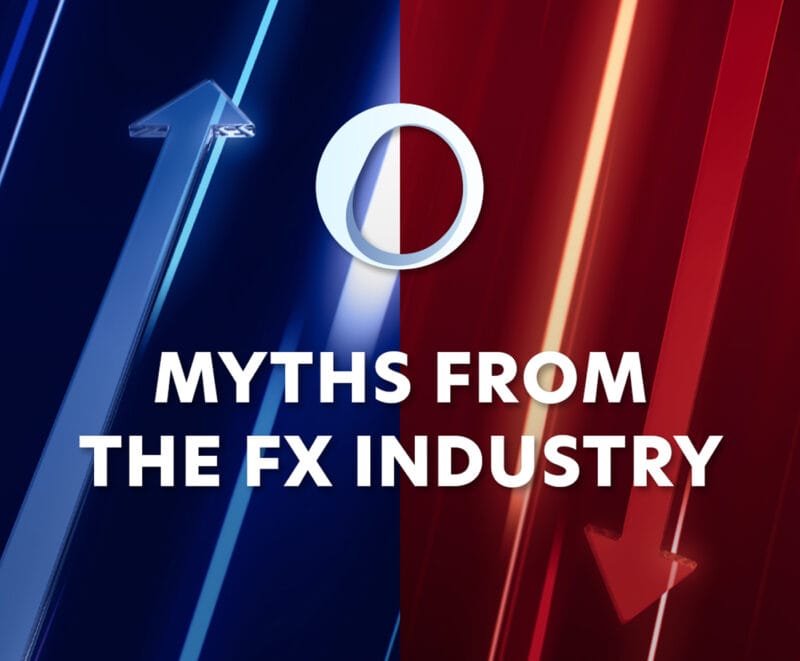Since the 2008 financial crisis, the derivatives trading landscape has changed drastically, with many regulatory demands being implemented. To increase transparency post-crisis, regulators worldwide have called for stricter rules, especially in the OTC-driven markets.
These changes are mostly positive because they ensure safety and transparency in financial markets, but they also add a lot of hassle to the derivatives market.
In response, many financial institutions are looking to outsource tedious post-trade processing. But is that a viable option? Let’s look into it.
What is post-trade processing?
Trading is the activity of buying or selling securities or other financial instruments. After the trade is completed, post-trade processing occurs. During this process, the buyer and the seller compare trade details, approve the trade, change ownership, and prepare for the payment transfer.
Any transfer of financial instruments is comprised of three processes.
- Execution: Buyer and seller enter into a legally binding agreement where the seller is required to transfer a security to the buyer in exchange for money or another value from the buyer.
- Clearing: In the clearing process, the transaction is recorded and the availability of funds and details of the transaction matching both parties are validated. This is also where the transfer of money and securities is arranged. Non-cleared trades can result in significant accounting errors and increased settlement risk.
- Settlement: The act of exchanging money or another value for the traded securities on a settlement date previously agreed upon.
Trades are executed fast, sometimes via the phone, sometimes online. Both with high-frequency computer trading or human trades, mistakes happen.
In post-trade processing, all details of a transaction are verified. The processing allows both buyer and seller to flesh out the transaction and spot any errors that might have occurred, and it gives them an opportunity to fix them.
The complexity of clearinghouses
All eligible derivatives should be cleared through a central counterparty clearinghouse (CCP). There is currently no CCP clearing for OTC derivatives. CCPs are designed to reduce and manage counterparty risk associated with transaction clearing and settlement. CCPs are therefore naturally subject to a number of requirements to ensure transparency, for instance the EU legislative framework MiFID. In the US, this entity is known as a derivatives clearing organization (DCO).
A clearinghouse acts as a middleman between buyer and selling and absorbs counterparty risk (the risk of insolvency of one of the parties). To mitigate potential losses associated with this risk, clearinghouses sometimes ask clearing members to provide collateral, known as margin. Margin is a payment either in cash or securities that makes up part of or the same amount as the exposure.
Trading volume and risk change all the time, meaning firms have to adjust the margin at the clearinghouse every day. During the volatile GameStop retail trading frenzy in early 2031, Robinhood Securities, which uses the DTCC as its clearing firm, was required to post more than 10 times their regular margin. As the DTCC doubted Robinhood’s customers would be able to meet their margin requirements, Robinhood felt it necessary to decrease the trading volume of GameStop and other volatile meme stocks.
Processing derivatives through a global CCP is quite complex and can be very costly. Furthermore, if not done correctly, derivatives market participants could be hit with regulatory fines. Consequently, many financial institutions are looking to outsource some or all of their post-trade activities.
Outsourcing post-trade processing
Financial institutions in the capital market space have, due to the increase in regulatory technology demand among other things, been forced to consider outsourcing their post-trade activities. In response to the demand, a growing number of providers now offer to automate and digitalize processes in a simple setup that will drive down costs and time to market.
The primary drivers for outsourcing are:
- Cost savings
- Reduced time to market
According to a survey by Oliver Wyman and BNP Paribas, almost half of banks surveyed have already outsourced some of their post-trade processing. A further 38% of respondents would consider it. What’s more interesting is the fact that 69% of the banks that have already outsourced some of their post-trade activities are satisfied with the outcome.
What can we do about these facts? For starters, these numbers are a great indication that more partnerships and collaborations could be on the way. Secondly, it’s a great indicator that banks and financial institutions are opening up to the possibility of outsourcing many IT concerns, perhaps even whole departments. And the result if that happens? More flexibility and reduced time to market for financial institutions, increased transparency in the derivatives market, and further innovation in the FinTech space.
Shorter time to market with United Fintech
United Fintech enables you to comply with your regulatory demands. One of our portfolio companies, TTMzero, provides high-quality real-time market data and fully digitized RegTech and CapTech solutions that can accelerate your digital transformation.
With TTMzero’s suite of products, you get:
- Plug-and-play production for short time to market
- Cost savings through automation and straight-through processing
- All-in-one solution for legal PRIIPs and MiFID II compliance
- Evaluated real-time prices at a fraction of the cost
- Transparent valuations of illiquid and hard-to-value instruments
- …and much more
Contact us today to learn more about how TTMzero can help you.
Learn more about United Fintech: www.unitedfintech.com












